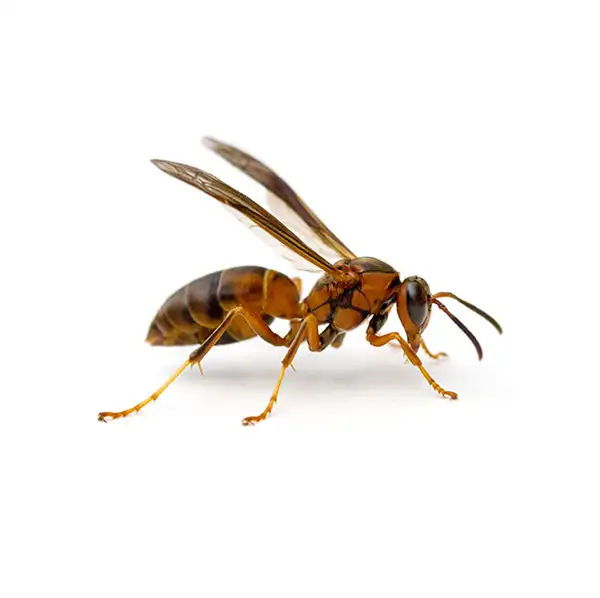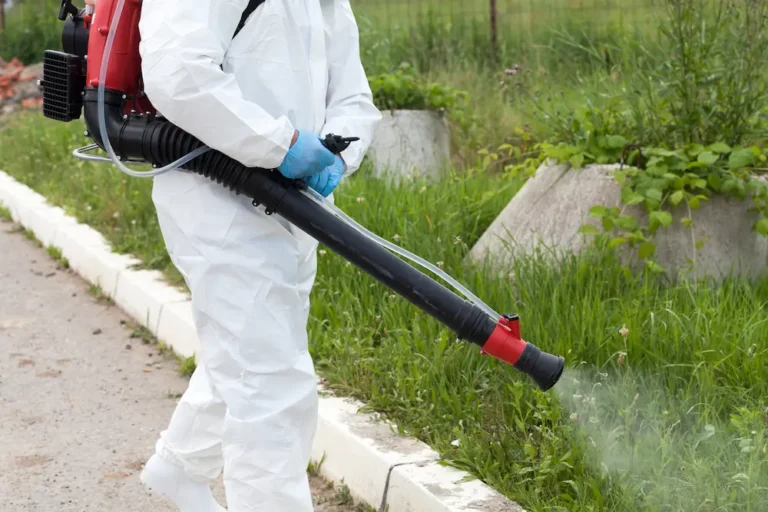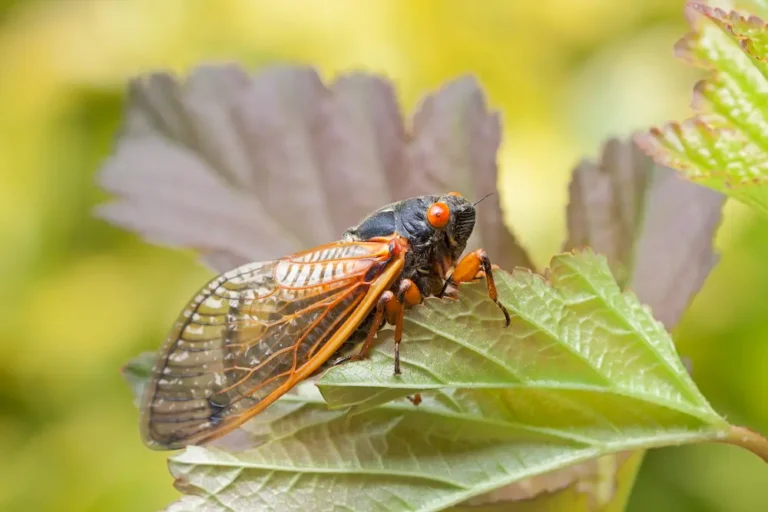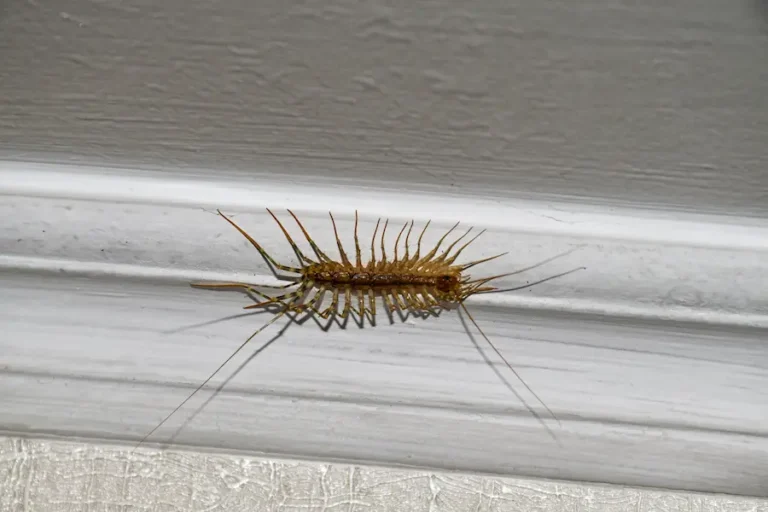Description
The appearance of a wasp depends greatly on its specific species; however, most are black or metallic with yellow or brown markings. In general, wasps have two pairs of wings and a pinched waist. Their size is also species-dependent, but many adults range from 5/8th to 3/4th.
Biology and Behavior
- Wasps are beneficial to the environment because they are a predatory species that feed on and control nuisance insects. They are responsible for helping to pollinate a variety of plants and crops.
- Except for the fertilized queen, the entire wasp colony will die off when the weather turns cold in the late fall or early winter. The queen will overwinter in a safe place, emerging in the spring to lay her eggs and build a new nest and colony.
- Many local wasp species are very aggressive and will not hesitate to sting a perceived threat to protect themselves or their colony.
- Wasps have smooth stingers and are capable of stinging their victim multiple times in a row.
- The venom that wasps inject can cause severe allergic reactions in some adults and children that can require immediate medical attention.
Wasp Prevention Tips
- Trim back trees and bushes from the exterior of your home.
- Caulk spaces around your windows and doors.
- Inspect screens in doors and windows to make sure that they are intact.
- Place caps on chimneys, replace loose or missing roof shingles, and repair holes around roof soffits.
- Contact a professional wasp control expert at the first signs of a wasp nest in or near your home.



